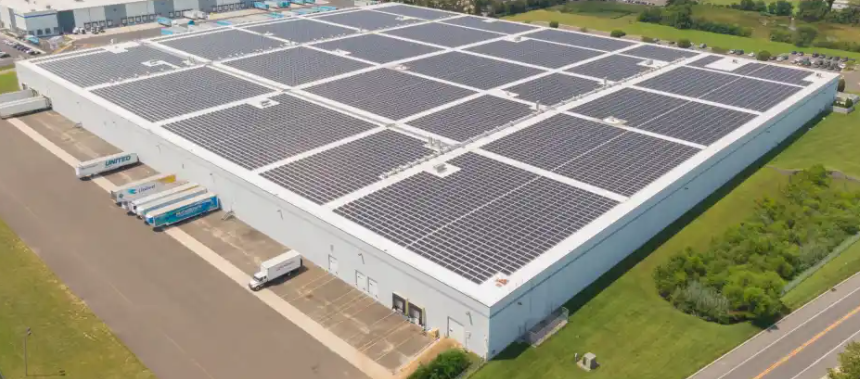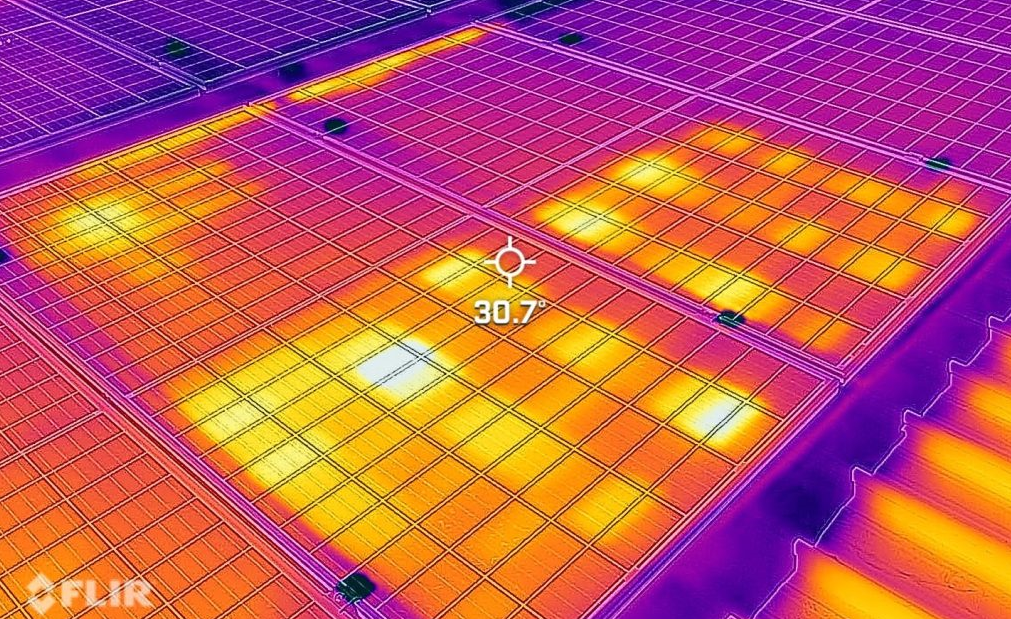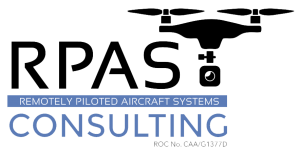Aerial Thermography - Thermal Imaging

Renewable Energy & Aerial Thermography
In the rapidly evolving landscape of renewable energy, solar
power stands at the forefront of sustainable alternatives. With the rapid growth
in the solar industry, the importance of maintaining and optimizing solar panel
efficiency becomes paramount. This is where the innovative use of aerial
thermography and drone technology is making a direct impact, a
significant shift from traditional manual inspections to advanced aerial
solutions.
Drone Technology in Solar Panel Inspection
Drones, equipped with infrared cameras, have become
invaluable tools in the inspection and maintenance of solar farms. This
technological advancement allows for the inspection of vast solar arrays at a
fraction of the time and cost associated with traditional methods. Not only do
drones offer a bird's-eye view of solar installations, but they also provide
detailed thermal images that identify potential issues such as hot spots,
defective cells, and installation errors.

Key Advantages of Using Drones and Aerial Thermography
Increased Efficiency & Minimizing Costs
Drones reduces solar panel inspection times by up to 70%,
drastically cutting down on labor costs. Aerial thermography allows for
comprehensive inspections of solar systems, moving beyond the manual
sampling methods previously used.
Enhanced Safety & Comprehensive Data Collection
By eliminating the need for physical access to hazardous
areas, drones improves safety measures while providing detailed thermal imagery.
This level of data facilitates a thorough analysis of solar arrays,
pinpointing specific issues with precision.
Preventive Maintenance & Optimized Performance
Early detection of anomalies through thermal imaging
prevents cascading failures, ensuring the longevity and efficiency of solar
installations. Regular inspections twice per year, helps optimize
underperforming panels and avoids costly repairs.
Advanced Drone Inspection: A Closer Look
Pre-Flight Planning
Before flight inspection begins, a detailed flight plan is
created and submitted to the relevant aviation authorities for approval. This
plan takes into account, airspace, aviation regulations, size of the solar plant,
specific areas of interest and any logistical challenges. The drone's flight
path is programmed to ensure complete coverage of the solar panels.
Aerial Thermography
As the drone flies over the solar panels, it collects both infrared and visual images. It detect temperature variations that are invisible to the naked eye.
These temperature differences can indicate potential issues, such as
overheating components, defective cells, or poor electrical connections, cracks and shading which
could lead to reduced efficiency or damage if left unaddressed.
Data Analysis and Reporting
The thermal and visual data collected by the drone is then
analyzed, often with the help of artificial intelligence (AI) and machine
learning algorithms. This analysis identifies specific problems and pinpoints
their locations, enabling targeted maintenance actions. Detailed reports are
generated, providing solar operators with actionable insights to optimize their
systems.
Monitoring and Preventive Maintenance
Conducting inspections on a regular basis, operators can
engage in proactive maintenance, addressing issues before they escalate into
major problems. This regular monitoring helps extend the lifespan of the solar
panels and ensures they operate at peak performance.
The Future of AI Drone Inspections
The fusion of AI-based software with drone technology is set
to revolutionize the maintenance and inspection of solar farms, marking a
significant advancement in the renewable energy sector. This integration helps
identifying potential issues with unprecedented speed and accuracy. AI's
ability to process vast datasets and identify even minor defects enhances
preventive maintenance ensuring solar panels operate at peak efficiency. As AI
algorithms learn and improve from each inspection, this technology promises not
only to optimize the performance of solar systems but also to pave the way for
more sustainable and efficient renewable energy systems worldwide.
Conclusion
The integration of aerial thermography and drone technology in solar maintenance is a testament to the innovative strides being made in renewable energy. By harnessing the power of these advanced tools, the solar industry can achieve greater efficiency, reduced operational costs, and enhanced safety, propelling solar energy towards a more sustainable and reliable future. As the market for renewable drones continues to expand, the potential for improving solar energy systems and other renewable infrastructure promises to reshape the landscape of energy production and maintenance.
Contact Us Today To Enhance The Efficiency Of Your Solar System





